If you have standard breeds of chickens but want a fancier yet solid dual-purpose breed, Barnevelder chickens are right up your alley!
These are not your everyday chickens due to the gorgeous pattern they flaunt. It’s really quite exquisite. But they are more than just a pretty barnyard knick-knack. Follow me to the barn to find out why they won’t wear out their welcome.
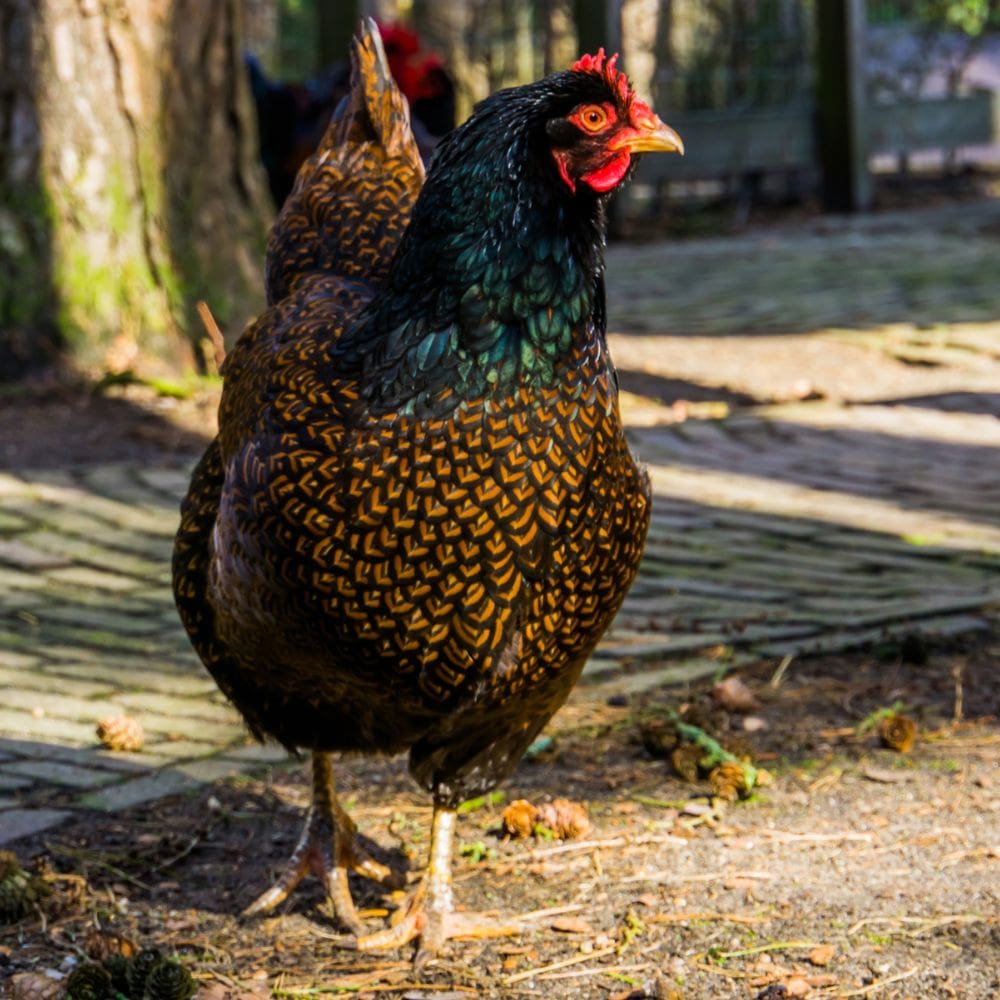
Table of Contents (Quickly Jump To Information)
Barnevelder Hen Appearance
With a fluffer sporting artwork like the Barnevelder hen, we have to start this “tour” off with appearance. And the pattern of this bird is definitely an art masterpiece. There are several color options, but the most recognized or common color is chestnut with double black lacing (sometimes called double laced partridge). Their neck feathers are a solid color and does not have the artsy feather pattern.
The end result is a pattern that looks like an arrowhead shape all over the body. But wait! There’s more! You will be all the envy of your chicken loving friends with this work of art walking around your yard!
Does a Rooster Look Different Than a Hen?
Yes, the barnevelder roosters do not have the double lacing on their chests. This is interesting. Apparently, breeders are trying to get the double lacing to appear on a male but they have not been successful. Maybe some things are just not meant to be.
That being said, the roosters do have unique plumage. They can be a bit multicolored and have shimmery hues to show off.
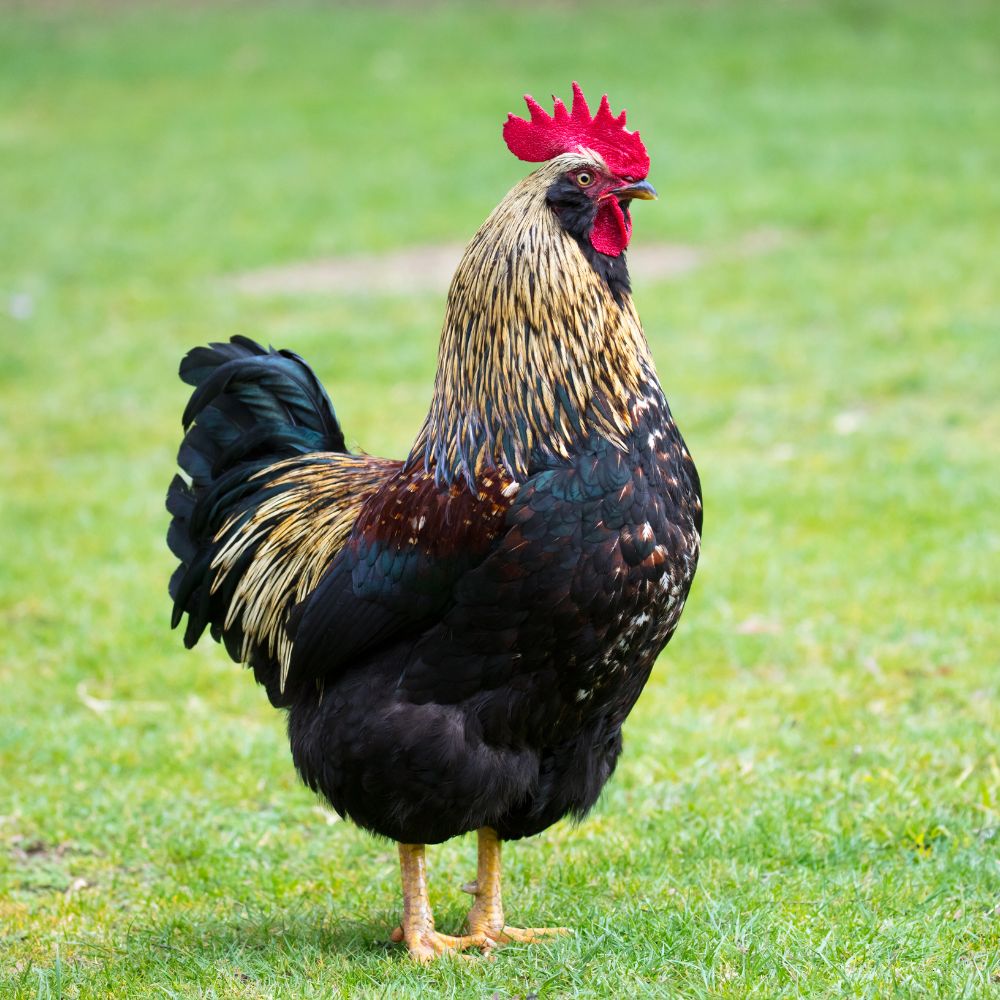
American Poultry Association Standard of Perfection For Barnevelder’s
Disqualifications: White in the earlobes
Standard Weights for Largefowl Barnevelder: Cock 7 lbs., Hen 6 lbs., cockerel 6 lbs., pullet 5 lbs
COMB: Single comb, medium in size, straight and upright, evenly serrated, having 5 well defined points.
BEAK: Short stout and well curved.
EYES: Very bright and prominent.
WATTLES: Medium in size. Well rounded and of fine texture
EAR-LOBES: Medium in size
HEAD: carried high with a neat skull
NECK: Fairly long, full and carried erect. Slightly arched. Hackle well developed flowing to the shoulder covering part of the back and part of the front of neck.
TAIL: Full with graceful, uniform sweep. Carried high, up to fifty degrees above the horizontal. Moderately spread and open. Medium in length.
WINGS: Well developed, carried high and rather short.
PLUMAGE – Very tight and nice texture
*This information is an abridged version, full version can be found on the American Poultry Association’s website.
How Many Colors of Barnevelder Chickens Are There?
I mentioned the most common, the chestnut with double black lacing. But there are other varieties out there. They are not as consistent in the breeding outcome, and they are a little harder to find. There are Double Laced Blue, Silver Laced, Black, White, and a couple more lesser known colors. One of my favorites to look at is the Silver Laced version. So fun!
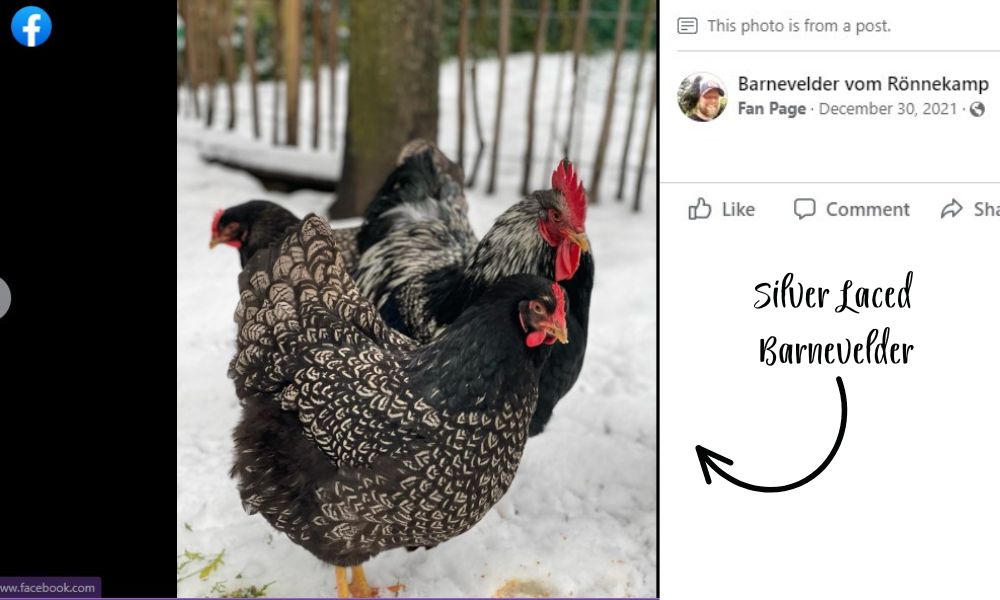
Are Their Miniature Barnevelder Chickens?
Sort of. In the chicken world vocabulary, they are called bantams. And there IS such a thing as a bantam Barnevelder! Adorable little versions of this wonderful breed. Although they are harder to find than the full sized version.
History of the Barnevelder Chicken Breed
This will be a short and sweet history lesson. Why? Because there really isn’t much provable history about this breed (as is true with many breeds). What we do know is that they were bred in Barneveld in the Netherlands (hence, the name Barnevelder).
We also know that Barneveld has a long history of swine and poultry agricultural training programs. Put two and two together, and you can see the outcome.
It is speculated that local breeds in that area were, back in the late 19th or early 20th century, crossed with Oriental chickens as the starting point. Chicken historians believe Brahmas, Langshans, Malays, and Gold Laced Wyandottes were used in the process.
They are sometimes called “Barnies,” but I think they are far too sophisticated for that casual nickname. But that’s just me. Some say they are rare, but I think their rarity is fading as they are not that hard to find and growing in popularity.
Barnevelder Chicken Egg Production
This breed lays approximately 170 to 200 eggs each year. They lay light brown eggs, dark brown eggs, and sometimes (and most desired) chocolate colored eggs. It used to be the norm for them to lay chocolate colored eggs, but over the years the egg coloring has been diluted.
There are breeders out there working hard to get back to the chocolate colored eggs. I hope they succeed. I sure do love seeing unusual egg colors.
The BEST part about this pretty lady, other than her looks, is that she will lay eggs throughout the winter! Win!
What Are Barnevelder Personalities Like?
Their personalities and behavior match their outward beauty – they are friendly, amicable, and easy to please. It’s pretty much as simple as that.
This easy going temperament make it easier to merge them with your established flock as well (although there will always be a pecking order establishment routine).
They are also good mothers if they have the chance to raise up some chicks. If you are interested in allowing that to happen, it’s a very interesting and fun journey, especially if you have kids that can watch the process.
Of course, if you’ve ever owned a chicken you know they are like children – they have individual personalities. The breed might have a “norm,” but each bird will have it’s own quirks and attributes. Most Barnevelder owners would vouch for them as being good pets.
They really like to free-range, as most chickens do. But they are also easy to keep confined in a coop if needed. Just remember to give them extra treats if they are cooped up to give them needed protein and to make them love you more than anything 😉😍
What Are Barnevelder Chickens Used For?
These beauties aren’t just for the chicken model walkway (that’s a funny picture). Due to their nice medium to large size, they are good dual purpose birds as well. And while they won’t take home the championship for egg laying, they do lay a fair amount of eggs. So, they are friendly, gorgeous, good for meat, and good for eggs.
These Barnevelder’s are just a good all round backyard bird.
How To Care For Barnevelder Chickens
- Provide plenty of fresh, clean water
- Feed a high quality feed
- Boost their immune system with nutritious treats
- Be sure they have adequate shelter
- Keep their coop clean to avoid parasites
- Prevent pests like mites, lice, flies, and mosquitos with these amazing nesting herbs (and they are all natural!)
- Stay on top of their healthcare (meaning pay attention and take care of any issue you may come across right away)
Barnevelder Chickens and Marek’s Disease
Don’t let this bit of info scare you off, just be preventative. Many breeders say that the Barnevelder breed is susceptible to Marek’s disease. This is a concern for many breeds and this why hatcheries usually offer vaccinations for this disease.
You might be one to pass on vaccinations, but if you buy a Barnevelder, you might think twice before clicking the “no thanks” box. It could be key to your chicken health plan.
What Is Marek’s Disease Anyway?
Marek’s Disease is cause by a virus. First, you should know that humans cannot get this virus – so there is no need to worry about that. It is serious though, because once a chicken gets this virus they cannot be cured. It’s best to prevent them from getting the virus, hence the vaccination.
If a chicken does get this virus some of their symptoms might include tumors in internal organs, weight loss, paralysis, and eventually death. The virus can get into your soil or coop dander and last for months, which could put your flock in danger.
It does sound terrifying especially if you have only experienced a healthy flock, but it can be prevented with proper healthcare.
You can find vital information and useful advice about this disease on the Penn State Extension website.
Summary
Look, you can buy a piece of abstract art to hang on your wall….OR you can buy a Barnevelder chicken which is out door art (unless you are a crazy chicken person and keep chickens indoor. But I digress).
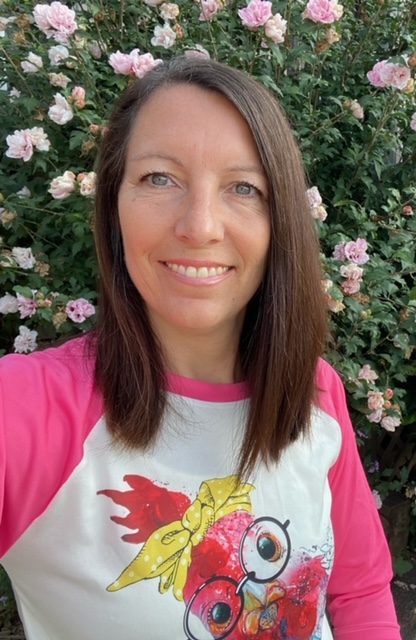
A happy wife, mother, teacher, writer, hobby farmer, lover of chickens, and contributor to Pampered Chicken Mama!



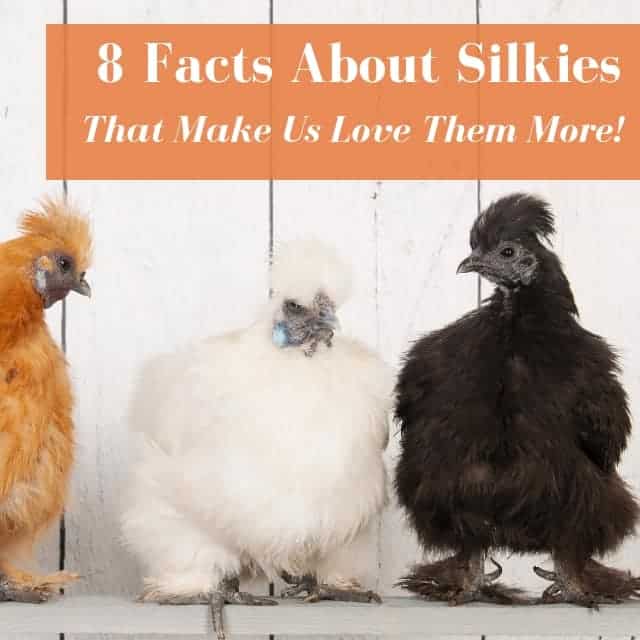
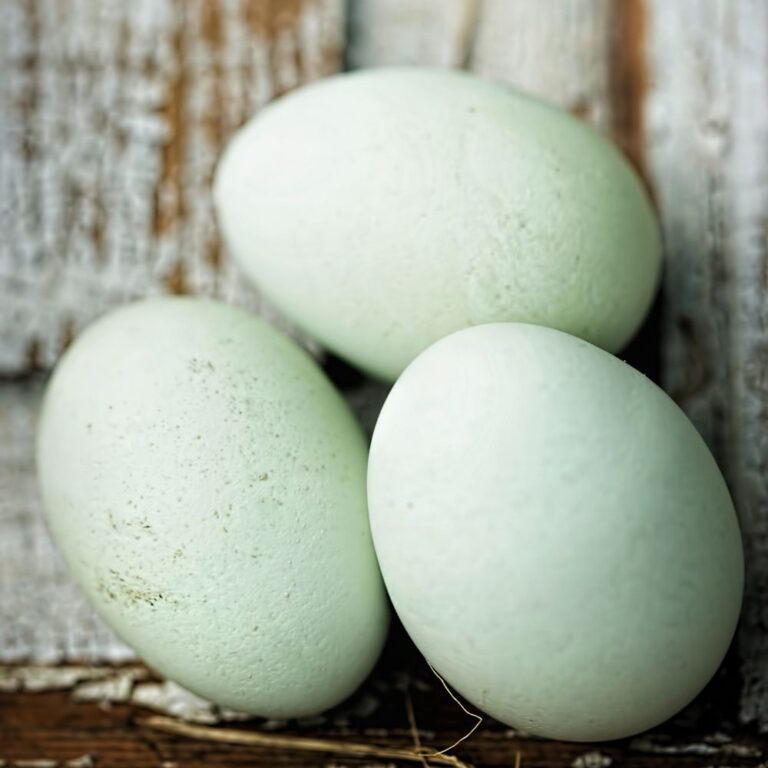
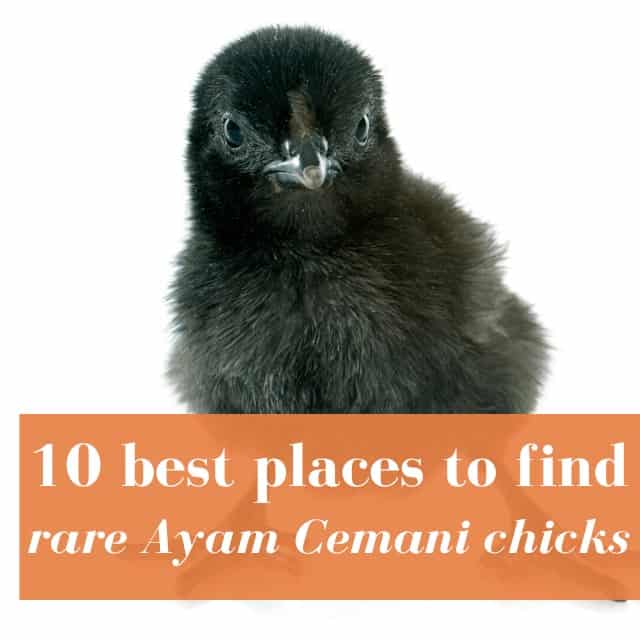
![How To Care For Baby Chicks Weeks 1-6 [Podcast]](https://thefrugalchicken.com/wp-content/uploads/2017/03/baby-chicks-weeks-1-6.jpg)